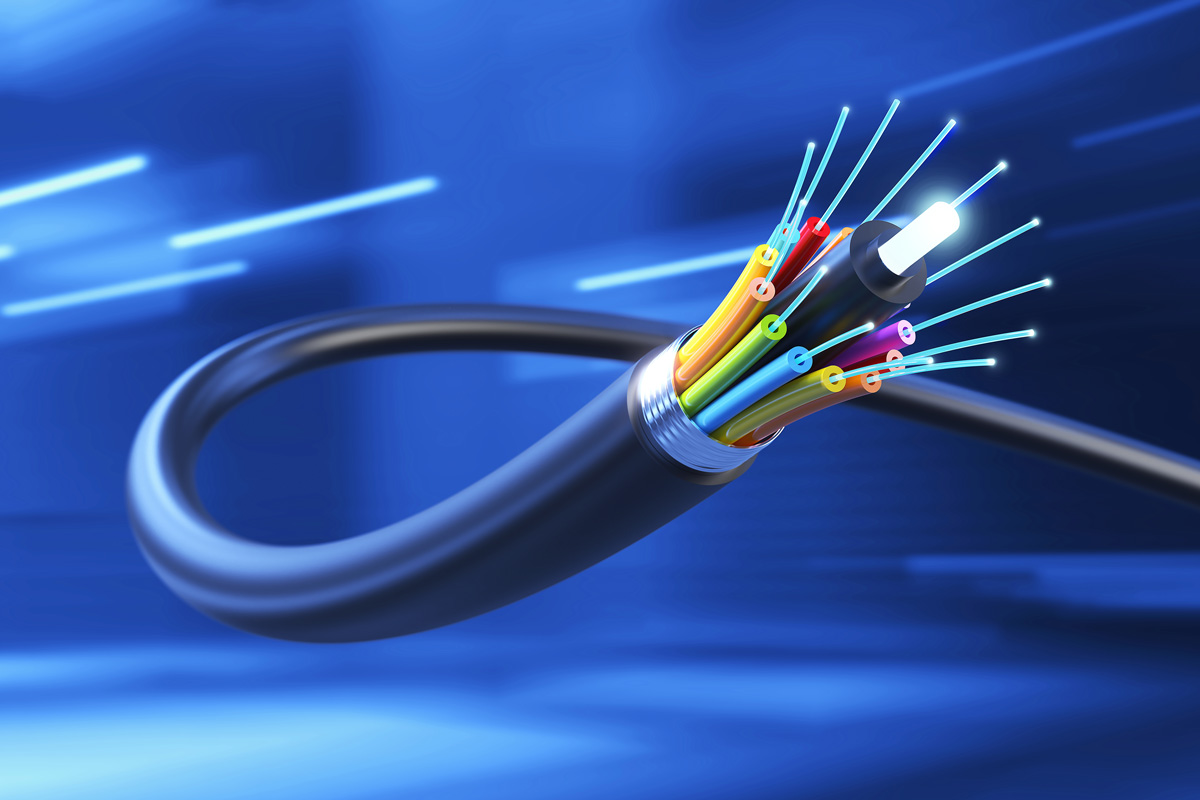Self-supporting fiber span
How long of a span can I suspend self-supporting fiber?
First, a definition: a self-supporting fiber cable is defined as a cable that was purposefully designed to support itself without attaching to a supporting strand. Typically, these include integrated messenger (also known as figure eight), flat drop and all dielectric self-support (ADSS). Each self-supporting fiber cable will have its own specification for maximum span length.
Most self-supporting fiber optic cables can mechanically withstand the loads of longer distances that are typically specified for each cable. However, the span lengths are often limited by the strain placed on the fiber optic glass inside the cable and/or by the minimum clearance requirements provided by the National Electric Safety Code (NESC).
A great example is the M-MN-109 self-support drop fiber which has a maximum span length under NESC Heavy Loading Conditions of 128 feet when attached at 18 feet high with a minimum clearance for areas accessible by vehicles 15 feet high. If there is enough clearance to allow for 18.6 feet of sag, and the span length could extend to 420 feet, this would require an attachment height of 33.6 feet in an area accessible by vehicles. This is not very common and why tech giant refers to this type of length as an “infinity” span.

